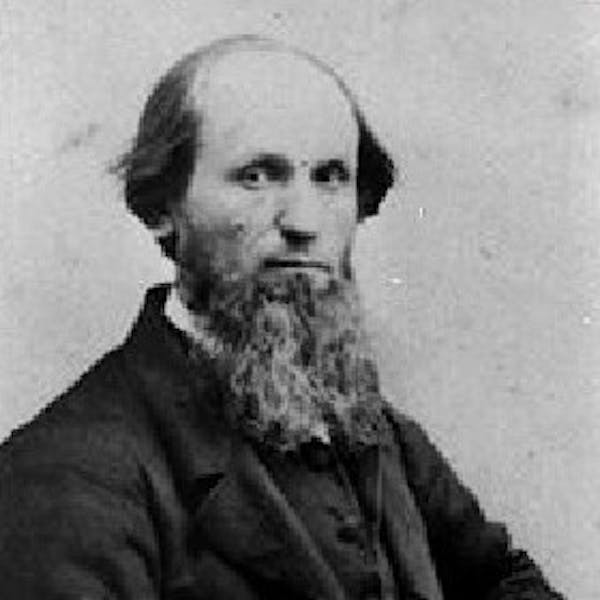JAMES AND ELLEN WHITE BEGIN THEIR JOURNEY
James and Ellen White began married life in a somewhat unconventional way. Ellen Harmon had been receiving visions from God and had been directed by Him to travel among the scattered Advent believers to reprove and encourage them as the needs presented themselves. To do this she traveled with her older sister Sarah as a chaperone and they were often accompanied by other ladies. One of the most significant additions to their traveling party was James Springer White, a young Millerite preacher who had a reputation of having converted over 1000 souls during his labors for the Millerite movement.
James White’s close association with the young messenger of the Lord soon set tongues wagging and Mrs. Eunice Harmon, wrote to her young daughter asking her to return home immediately to stem the rising tide of gossip. As Ellen began preparation to head home to Maine, James White came up to her with a proposal.
“Now Ellen” he began rather briskly “something has come up, and I have to go away for a while and you’ll have to get around the best way you can. Or else we must be married. But something has to be done!”
So and they were married and according to Ellen White, he was the best man that ever trod shoe leather.
The funny thing about the situation though was that James White had been one of the most outspoken advocates against marriage citing the fact that the nearness of Christ’s coming made marriage an unnecessary hindrance. However, Ellen White was instructed by God that the tarrying time leading up to Christ Second Advent would take longer than the disappointed Millerites had initially thought. In light of this, both James White and Ellen Harmon saw that marriage was in God’s order and would greatly benefit and enhance their ministry for God.
Despite his rather matter of fact proposal James White had come to grow rather fond of Ellen Harmon and Ellen for her part shared his sentiments. They committed the matter to prayer and when they were both certain that it was God’s will for them to proceed they took the important step.
They were married on August 30, 1846, by a justice of the peace which in all likelihood was the only ceremony they had for their wedding. They began married life as poor as church mice. James was committed to the cause of preaching and Ellen was committed to her calling as a messenger of the Lord which meant that neither of them had a steady source of income. James worked mowing hay or hauling rock for the railroad in the early days of the their marriage to make a little bit of money to help them get by.
They began married life living with Ellen’s parents for a short period of time and their first child, Henry Nichols White was born on the 26th of August 1847, almost a year after they were married.

